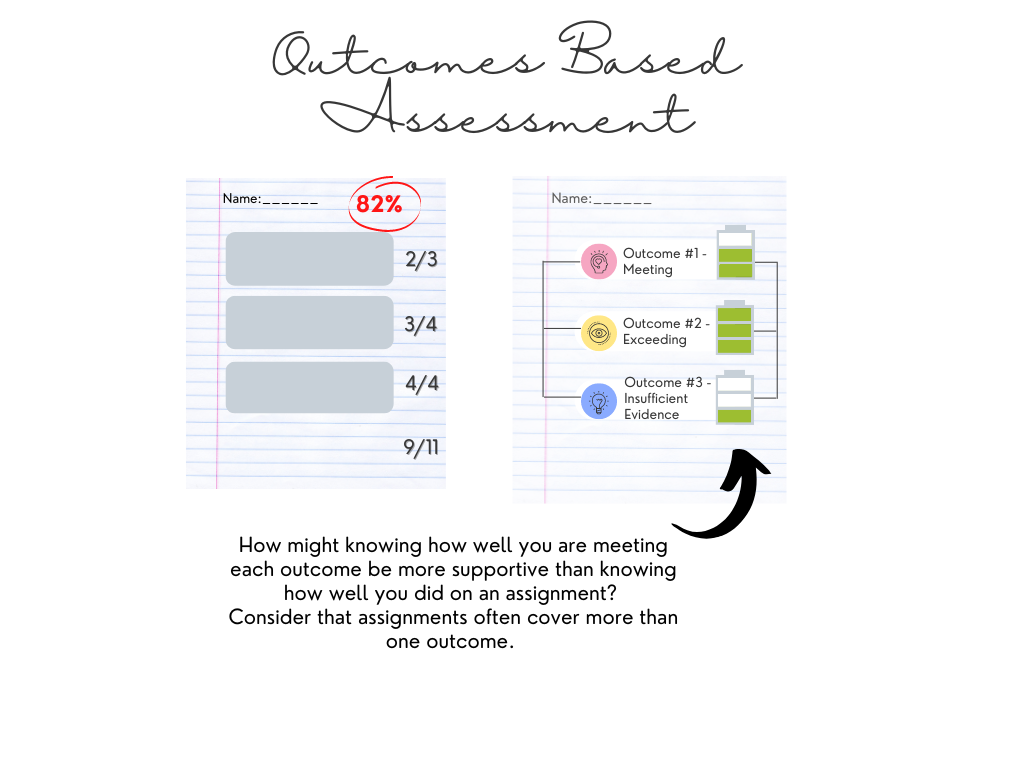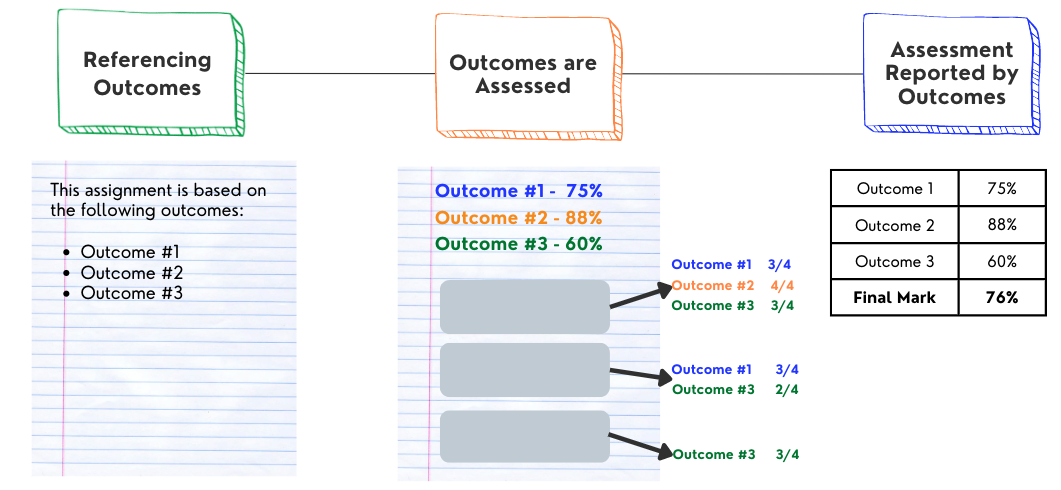First-time Thoughts on a Student Blog Assignment
By Yin Liu, Associate Professor, Department of English

Why I did it
In 2016-2017 I taught, for the first time, a full-year (6 credit unit) English course, “History and Future of the Book,” which is one of our Foundations courses – that is, it is one of a few 200-level courses required for our majors. As in all our courses, there is a substantial writing component, usually in the form of essay assignments. I decided to complicate my life further by trying out a type of student assignment also new to me: a student-written course blog.
I had been thinking about using a student blog assignment ever since I heard a talk given by Daniel Paul O’Donnell (U Lethbridge) about using blogs in his own teaching. The point that struck me most forcibly about Dan’s argument was his observation that students wrote better when they were blogging. Since one of my goals in teaching writing is to help students write better, I thought I should give the idea a try.
Setting it up
From the outset, I had to make some fundamental decisions about how the blog assignment should work within the course. It became one of the writing assignments, taking the place of a regular (2000-word) essay: the blog post itself was to be 500-1000 words long and accompanied by a commentary (read by me only) in which students discussed the process of writing the blog post, especially the challenges they encountered and the solutions they developed. The commentary gave students a chance to reflect on and thus to learn from their own writing processes; it also helped me to evaluate the effectiveness of the assignment. The blog was made publicly available on the Web, but students could opt out of having their own work posted, although it still needed to be submitted to me for grading. Thus students also needed to supply signed permission to have their work published on the blog.
Heather Ross of the GMCTL guided me to the U of S blog service (words.usask.ca) and gave me valuable advice about permission forms and other such matters. The ICT people set me up and increased my storage quota, I fiddled with the WordPress templates, and we were good to go.
Results and learning
Each student wrote one post for the course blog, and thus the assignment was like a regular term paper except that (a) it was not an essay, and (b) it was published to the Web. Acting as the blog editor, I suggested changes to students’ first submissions, which they could incorporate into the final, published version if they wished; but I resisted the temptation to tinker with their final versions, which were published warts and all. I also used the course blog to post a series of Writing Tips for the class.
Students did, for the most part, write noticeably better in their blog posts than in their regular essay assignments. More was at stake in the blog posts; students knew that their work would be read not solely by their professor, but also by their peers and possibly by others outside the class. The informal nature of a blog also allowed students to write, in many cases, with a more genuine voice than for an essay assignment, and thus more effectively. This less formulaic, less familiar genre compelled students to rethink the basics of writing: ideas, information, audience, organisation, clarity. There was a higher chance that they would write about something that truly interested them, and quite a few expressed enthusiasm about the assignment. Students could also read and learn from the work of others in the class. The experiment was a success, and I would do it again.
Our course blog, History and Future of the Book, can be found at https://words.usask.ca/historyofthebook/. Some of the students’ posts have been removed at their request, but most remain, and you are welcome to browse through the Archive and read them – the best of them are excellent.


